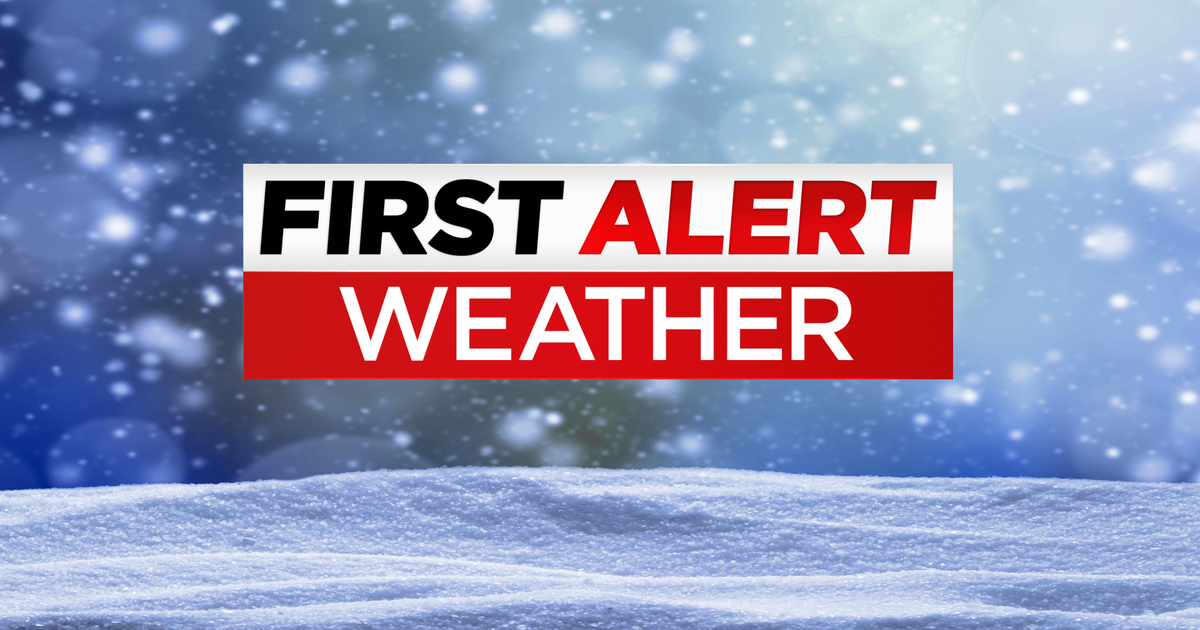New phonics-based reading curriculum rolled out in NYC. But is it working?
NEW YORK - By their own admission, the New York City Public School system has failed its students.
Literacy is at the core of education, and yet the number of students who can't read, or are below grade level, is staggering.
City public schools are in the midst of a multimillion dollar overhaul of how they teach kids to read. A quick look at the numbers reveals why: Before the 2023, more than half of city public school students grades 3-8 either could not read, or were reading below their grade level.
That's equal to 225,000 students who had fallen behind, according to city testing and enrollment data.
"Students who are middle and high school, can't read their textbooks, and can't fill out job applications," Kim Sweet, executive director of Advocates for Children, said. "I don't think we have any choice but to change our approach to reading instruction."
The old reading program, called "balanced literacy," is rooted in the students' freedom to choose materials and move - with the help of teachers - at their own pace.
- Chalkbeat NY: Reading instruction is getting an overhaul in NYC. Here's how that could affect your school.
The new curriculums are a more blanketed, and maybe less romantic, approach, rooted in phonics, with an emphasis on step-by-step instruction to sound out words.
"We know our children can only love to read if they know how to read," NYC Schools Chancellor David Banks said.
Though the shift is supported by the Teachers Union, its detractors say it will hinder teachers' ability to focus on each student's individual needs.
"It's more about how we think about teacher agency and teacher preparation. Just as we would want doctors to have resources at their disposal, rather than to follow one program for all patients," Cecilia Espinosa, an early childhood education professor at Lehman College, said. "It can become more complicated if you think that each student is different. Just as each patient is different for a doctor."
Christine Grajales is a mother of two at PS 299 in Bushwick, where she's PTA president. She said the new curriculum is working for her daughters, but that communication between teachers and parents remains a key to literacy.
"In the beginning, there was a little bit of a struggle with my older daughter. And now, a few months later, we are seeing the results," Grajales said. "As soon as the parent and teachers have communication with each other, they can tailor something to help that child."
Phase Two's introduction next school year will mean every public early education program and elementary school will have adopted the new curriculum. Banks said the focus will then shift to the upper grades, where students are also struggling to read.
We'll have more in our series "The Science of Reading" throughout the month, including examining the impacts of remote learning, and future budget cuts on literacy rates, as well as the challenge of the new curriculum for students with dyslexia. You can also head to Chalkbeat New York to find our combined reporting.





